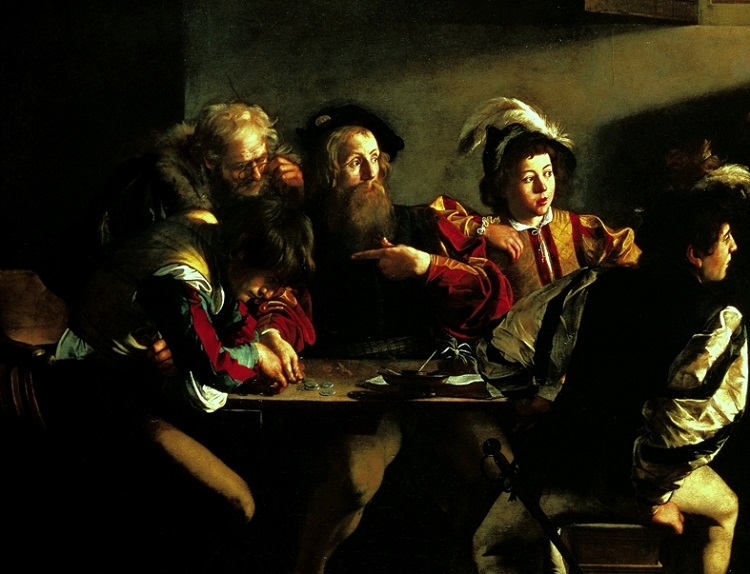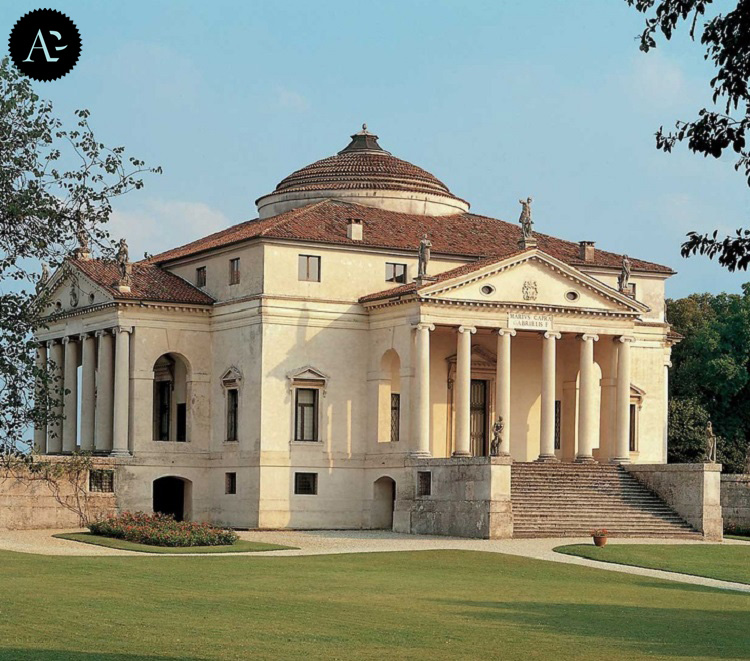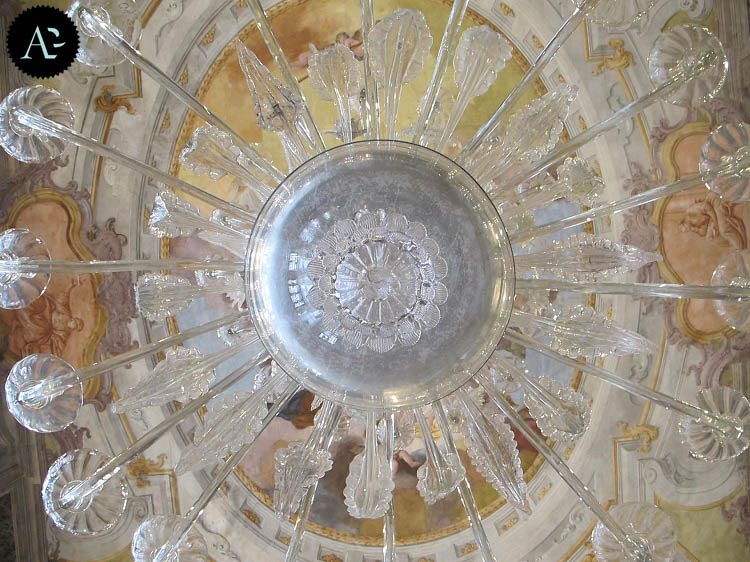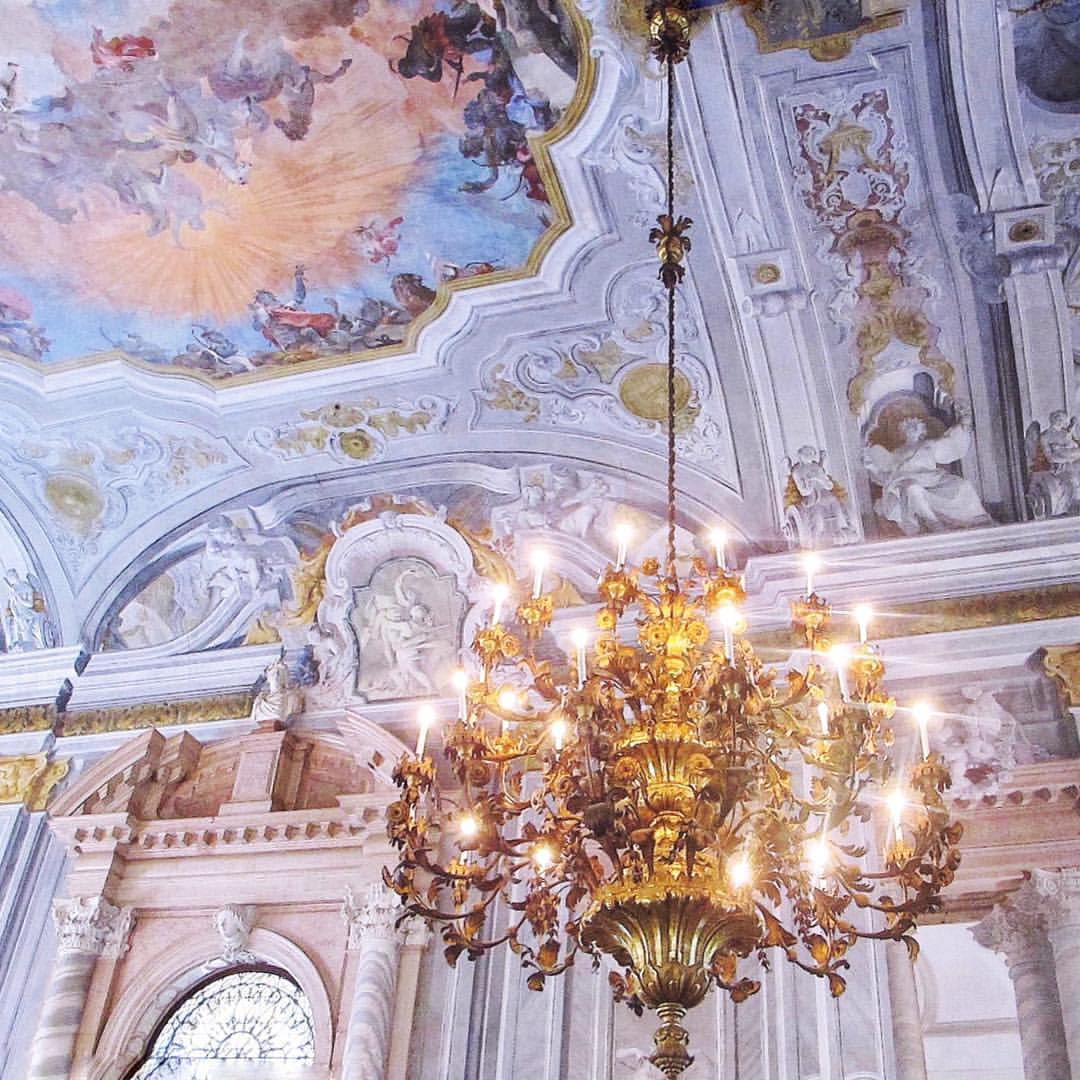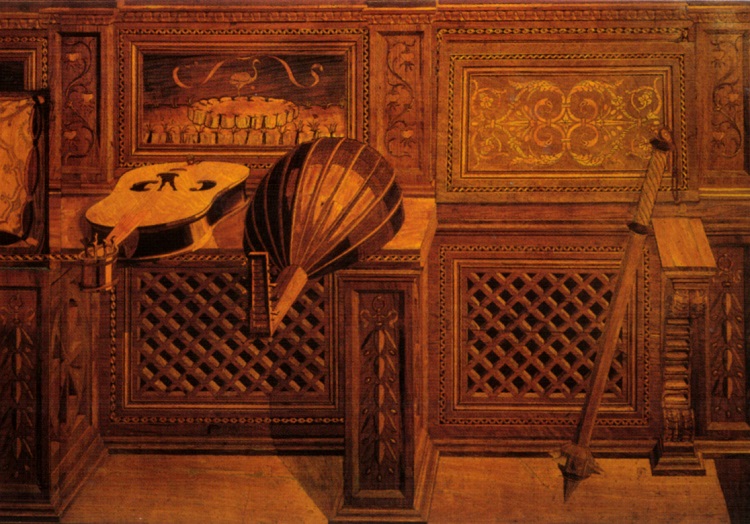
Dopo quasi quattrocento anni, uno dei luoghi più preziosi del Rinascimento italiano, lo Studiolo di Federico di Montefeltro nel Palazzo Ducale di Urbino, viene ricomposto nella sua veste originaria.
Un evento che rievoca il clima intellettuale del tempo e le ambizioni dell’uomo che più di ogni altro ha rappresentato
il mito rinascimentale della virtù militare unita alla sapienza.
INFO
Lo Studiolo del Duca
Urbino, Galleria Nazionale delle Marche
12 marzo – 4 luglio 2015


